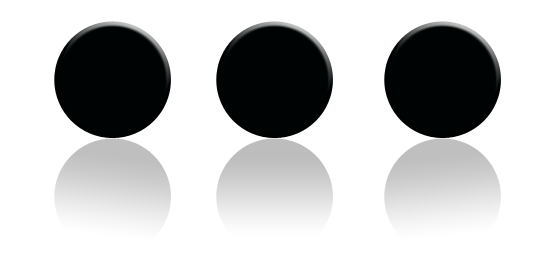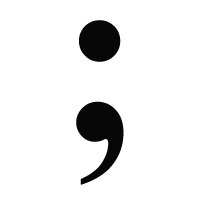. . . (ellipsis)
 Moving on from the em dash (—), my series on punctuation continues with a post guaranteed to leave you hanging.
Moving on from the em dash (—), my series on punctuation continues with a post guaranteed to leave you hanging.
The ellipsis, a.k.a. “those dots in a row,” are perhaps the most mysterious of the common forms of punctuation. The mystery begins in childhood, probably during a viewing of one of the Star Wars films, where a strange line of periods give the feeling of floating off into the story as the opening prologue crawl comes to an end. . . .
But it is not an end . . . because of those dots. . . . What do they do, anyway? How do I use them?
Well……….not like this……….
That was the first rule of ellipis (pl. ellipses) that I had to learn: how many of those damn dots are there supposed to be? To look at most Internet forums posts, where the ellipsis is more common than the word “the,” it would appear that some people have never learned the correct number of dots and instead lean on the period key and watch it repeat until they reach a level of satisfaction.
 This is the most complicated image ever presented on the Black Gate website.
This is the most complicated image ever presented on the Black Gate website. No, the title of this post is not a typo.
No, the title of this post is not a typo.